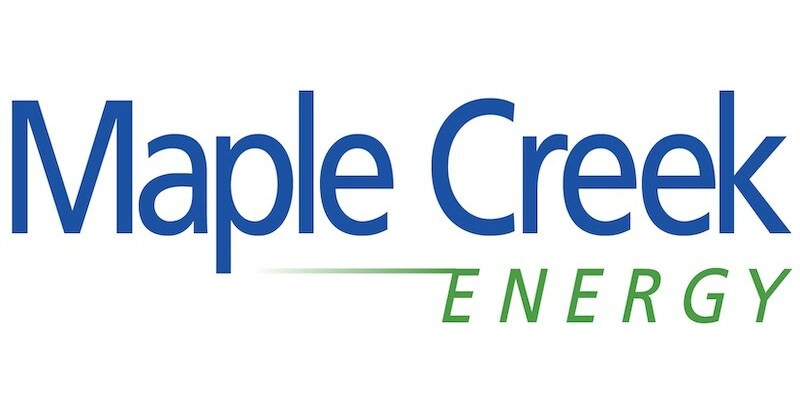Global Residential Electrical Panel Market to Exceed $41 Billion by 2034
The global residential electrical panel market is anticipated to experience significant growth over the coming years, reaching an impressive valuation of over $41 billion by 2034. This growth is fueled by a surge in residential construction activities, increasing demand for smart home technologies, and the need for upgraded electrical systems to support modern electrical appliances. In this blog post, we will delve into the factors driving this market expansion, key trends, and insights into the future of residential electrical panels.
Understanding the Electrical Panel Market
Residential electrical panels, also known as breaker panels or distribution boards, are crucial components of modern housing. They distribute electricity from the utility company to various electrical circuits throughout a home. This distribution is essential for powering everything from basic lighting to high-demand appliances.
Market Growth Drivers
Several factors are contributing to the anticipated growth of the residential electrical panel market:
- Increased Residential Construction: The booming construction industry, particularly in emerging economies, is a primary driver. As more houses are built, the demand for electrical panels will correspondingly rise.
- Retrofitting and Renovation: Many older homes require electrical upgrades to meet modern energy demands and safety standards, propelling the need for new electrical panels.
- Smart Home Technologies: The shift towards smart home solutions is increasing the complexity and functionality of electrical systems, leading to the installation of advanced electrical panels.
- Increasing Demand for Renewable Energy Solutions: As more homeowners install solar panels and battery storage systems, the need for dedicated electrical panels that can accommodate these technologies is growing.
Key Trends Influencing Market Dynamics
Several notable trends are shaping the landscape of the residential electrical panel market:
1. Smart Electrical Panels
The integration of technology into everyday living spaces is paving the way for smart electrical panels. These advanced panels offer features such as remote monitoring and control through mobile applications, enhancing energy efficiency and providing homeowners with real-time usage statistics.
2. Sustainability and Energy Efficiency
With rising awareness of environmental issues, homeowners are increasingly seeking energy-efficient solutions. Electrical panels designed with energy-saving capabilities not only reduce the overall carbon footprint but also lead to significant cost savings on energy bills.
3. Adoption of IoT in Home Automation
The Internet of Things (IoT) is revolutionizing the residential sector. IoT-enabled electrical panels allow seamless connectivity among household devices, optimizing energy usage and enhancing convenience for homeowners.
Regional Insights and Market Segments
The residential electrical panel market can be segmented based on region, type, and application. Here’s a closer look at regional insights:
North America
The North American residential electrical panel market is projected to hold a considerable share due to factors such as high disposable incomes and a focus on upgrading existing electrical infrastructure. The demand for smart home technologies is also accelerating growth in this region.
Europe
In Europe, there’s an increasing emphasis on energy efficiency and sustainability. Many countries in the region are investing in renewable energy solutions, driving the need for advanced electrical panels that can manage multiple energy sources.
Asia-Pacific
The Asia-Pacific region is expected to witness the fastest growth rate due to rapid urbanization and industrialization. Countries like China and India are ramping up their residential construction projects, thereby increasing the demand for electrical panels significantly.
Middle East and Africa
While still in the nascent stage, the residential electrical panel market in the Middle East and Africa is projected to grow due to increasing urban development and improvements in electrical infrastructure.
Challenges Facing the Market
Despite promising growth potential, the residential electrical panel market faces several challenges:
- Regulatory Hurdles: Compliance with varying regulatory standards across different regions can create complexities for manufacturers.
- Market Saturation: In mature markets, the increased competition and market saturation may limit growth opportunities for new entrants.
- Technological Advancements: Keeping pace with rapid technological advancements and consumer expectations can be challenging for manufacturers.
Future Outlook
The future of the residential electrical panel market looks bright, especially with innovations in technology and increasing consumer awareness of energy efficiency. Investment in research and development will be critical for manufacturers aiming to remain competitive. Additionally, as regulations become stricter and homeowners increasingly prioritize sustainability, demand for advanced, energy-efficient electrical panels will likely continue to rise.
Conclusion
In conclusion, the global residential electrical panel market is poised for robust growth, driven by factors such as residential construction, smart home technology, and energy efficiency demands. As manufacturers continue to innovate and adapt to consumer needs, exceeding $41 billion by 2034 seems not just feasible but likely. Homeowners can expect smarter, more efficient electrical systems that will facilitate enhanced control over energy use and contribute to a sustainable future.
The transition to advanced electrical systems is not just about improved functionality; it’s about creating homes that are safe, efficient, and in line with modern living standards. With ongoing advancements and a focus on sustainability, the residential electrical panel market is set to be a critical component of the evolving energy landscape in the coming decades.
For those involved in the construction industry or interested in smart home technologies, keeping an eye on this growing market is essential for understanding the future of residential living.





